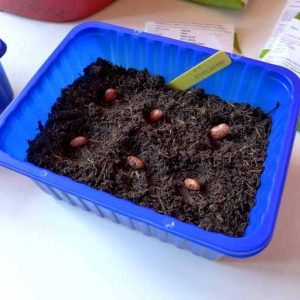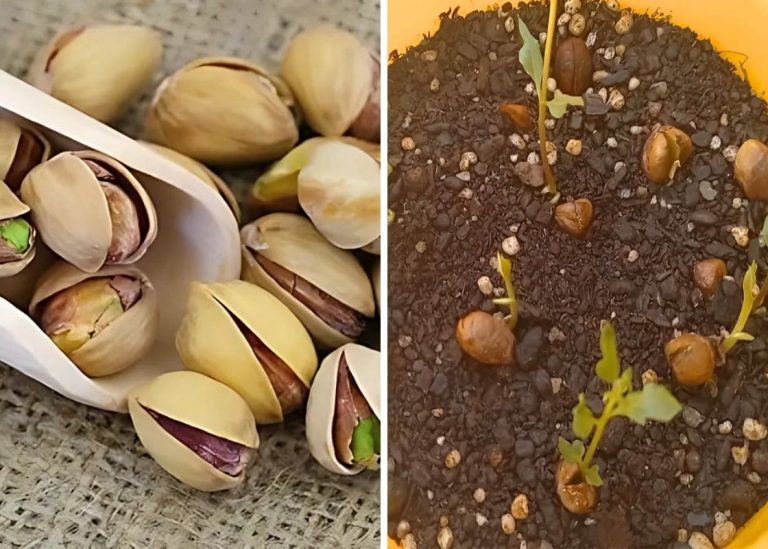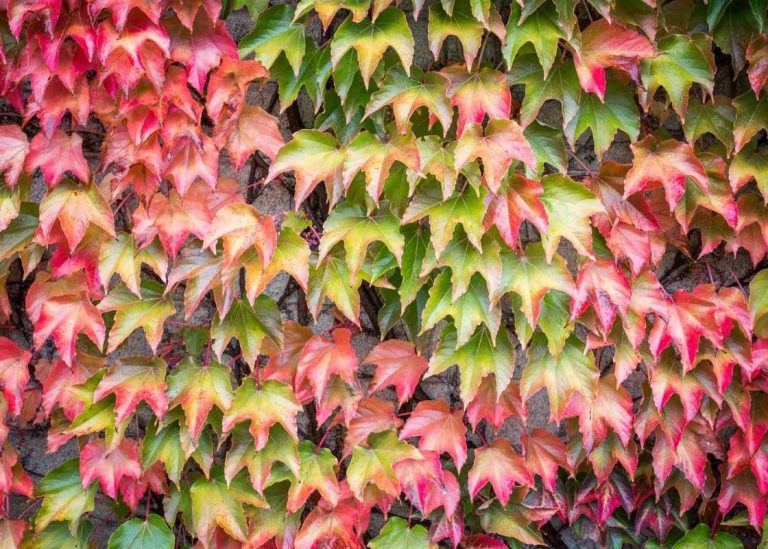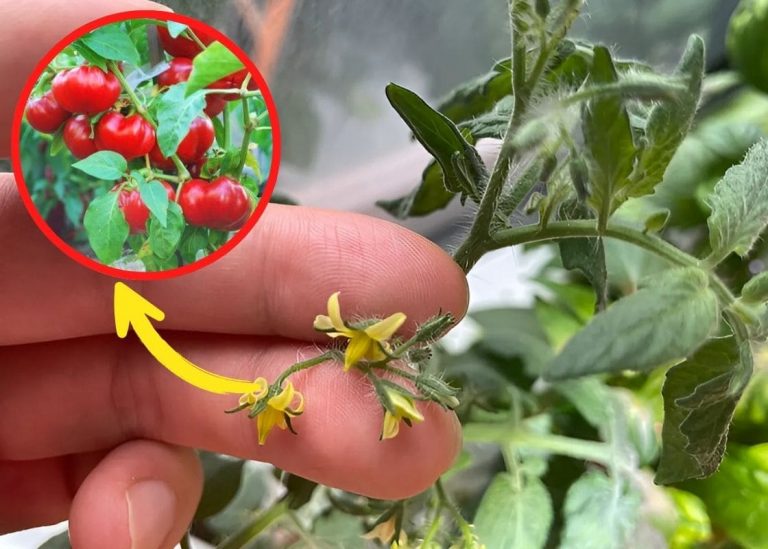How to Grow Black Beans In Your Garden Successfully
It was the summer I almost gave up on gardening. The tomatoes had split from too much rain, the lettuce bolted early, and even my sunflowers drooped in protest.
But then I noticed a short row of black bean plants, standing unfazed, their leaves fluttering like little green flags of defiance. I had tucked them in between other beds almost as an afterthought, with no high hopes—just curiosity.
Weeks passed, the pods thickened and turned a soft purple, then faded into dry paper shells. That harvest, though small, felt like a quiet win. I’ve learned their rhythms, their quirks, and their resilience.
If you’ve never grown them before, I’d love to show you how these humble little beans became one of my favorite garden surprises.
Understanding Black Beans
Black beans, or Phaseolus vulgaris, come in two easygoing types: bush and pole. Bush beans grow low and neat—perfect if you’re short on space or prefer a tidy garden bed. Pole beans climb like curious explorers, needing a trellis or teepee, but they give back generously in harvest.
If you’ve got a sunny corner and a bit of patience, either will serve you well. I often mix both in different corners—bush beans for quick wins, pole beans for vertical magic. It’s like planting two kinds of stories: one short and sweet, the other climbing, twining, and full of turns.
Preparing the Groundwork
Black beans love the sun—at least 6 to 8 hours a day. Choose a spot where the soil drains well and the light stretches long. I once tried growing them in heavy clay, and while they did their best, the yield was modest. Now I mix in compost and a bit of sand to loosen things up.
The ideal soil pH is between 6.0 and 6.5, but don’t overthink it. Good compost, a simple soil test kit, and a bit of balance go a long way. I rake the soil gently, clear out weeds, and sometimes whisper encouragement. It helps. Probably.
Planting the Beans
Here’s my go-to planting method, taught to me by a local seed-saver I met at a weekend farmers’ market:
-
Soak the seeds overnight to jumpstart germination.
-
Dust them with a bit of legume inoculant if you can—boosts their nitrogen-fixing powers.
-
Sow about 1 inch deep, 4 to 6 inches apart.
-
For rows, keep 18 inches of space.
-
Water gently, as if you’re waking them from a nap.

One spring, I let my youngest sprinkle the soaked seeds into the soil herself. She planted them in heart shapes and smiled like it was a secret between her and the beans. And wouldn’t you know—it was the best yield I’ve ever had.
Caring for Your Black Bean Plants
Black beans are fairly low-maintenance, but like all things that grow well, they need consistency. I aim for about 1 inch of water a week. Too much, and you’ll get lush leaves but fewer pods. Too little, and the plants dry out mid-flower. I mulch with straw to help keep moisture steady—plus it keeps the weeds from crowding them out.

Pole beans need a little guidance. I’ve used everything from bamboo stakes to old bike wheels turned into trellises. One year, my kids built a teepee out of sticks, and the beans wrapped around it like it was always meant to be. It turned into a secret play tent they could crawl into by midsummer. Beans and childhood magic—who knew?
Pests and Problems (and How I Learned the Hard Way)
I’ll be honest—bean beetles nearly wiped out my first good crop. I had no idea what they were until I found holes in every leaf and tiny yellow larvae munching away. Now I check the underside of leaves regularly and hand-pick pests before they get comfortable.
I also learned to rotate crops the year I didn’t—and paid the price. The soil felt tired, and disease moved in fast. Now, I move beans to a fresh spot each year, and let the old space rest or grow flowers instead. My garden has forgiven me, but I won’t forget that lesson.
Harvesting Your Black Beans
Black beans aren’t rushed. They take between 90 and 140 days, depending on the weather. When the pods start to yellow and feel dry and papery, I know it’s time. I love walking out early in the morning, gently tugging the pods from their stems, and hearing that soft rattle inside—like a reward.

I lay them out in baskets on my porch for a final drying under shade. Later, shelling them becomes an evening ritual. Sometimes we do it around the table, talking about our day. It’s simple, slow work, and it feels like stitching a quiet memory into the fabric of the season.
Final Thoughts
Some crops feed your body. Others feed your soul. Black beans do both. They remind me of the seasons I’ve survived, the patience I’ve learned, and the simple joy of planting something humble and watching it thrive.
If you’re new to growing food, start here. They’re forgiving, resilient, and full of quiet rewards. And if you’re a seasoned gardener looking for something grounding, black beans bring balance. They’re like old friends—steady, dependable, and always there when you need them.







